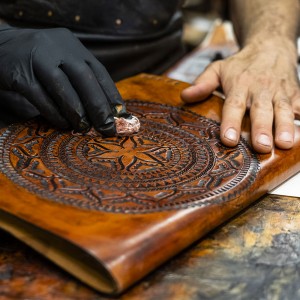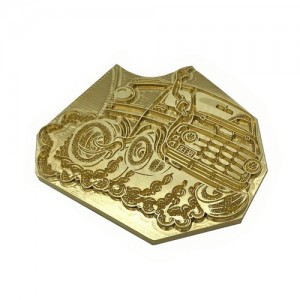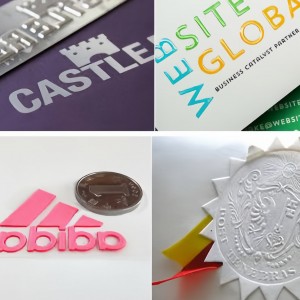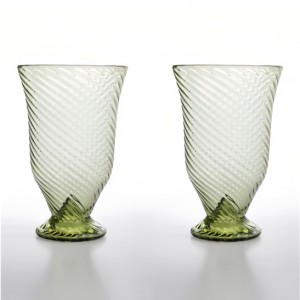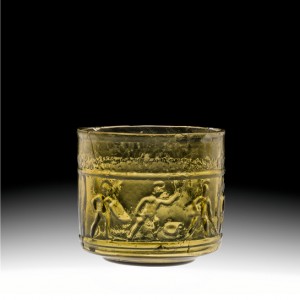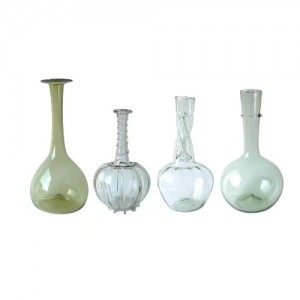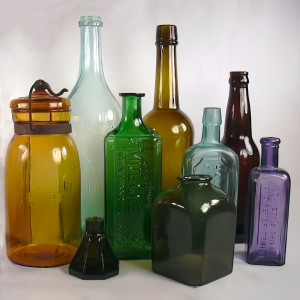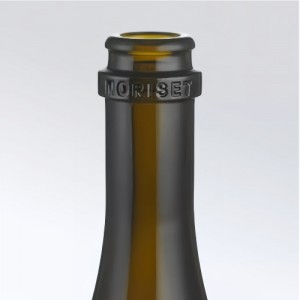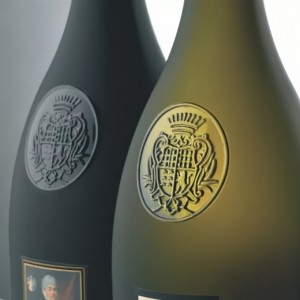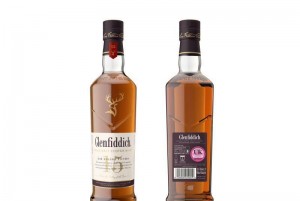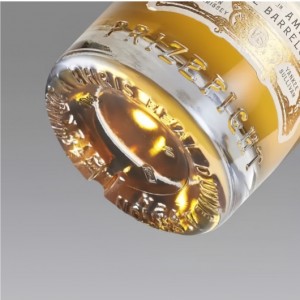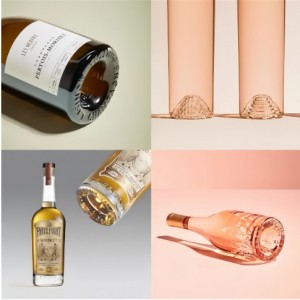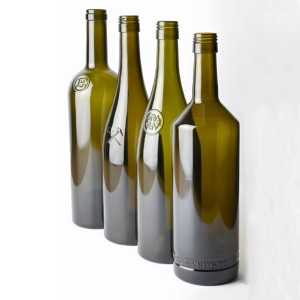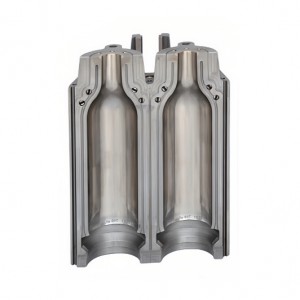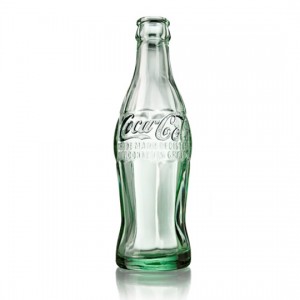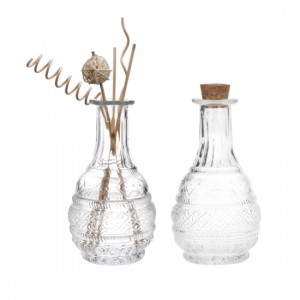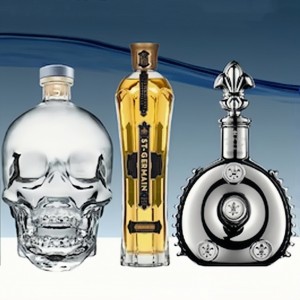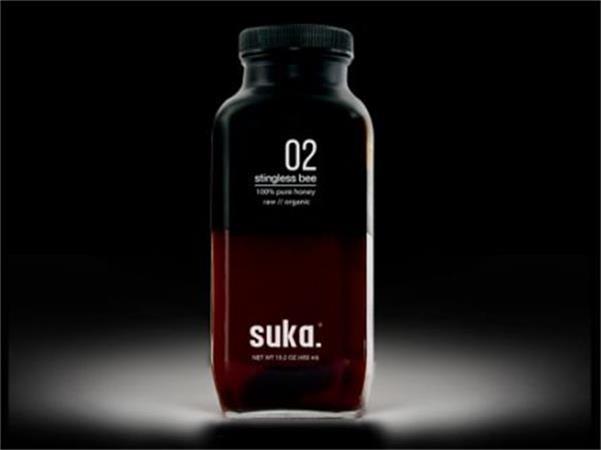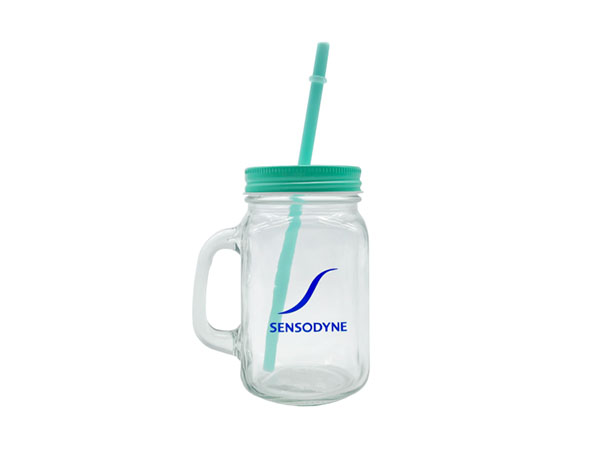Do you want to make your brand shine and give it an authentic character? With this permanent marking, glass embossing reaffirms its personality and distinguishes itself with elegance and effectiveness.
From a discrete marking on the finish or in the punt to more visible ones on the shoulder, the body, or the lower body, these powerful branding solutions are usually valued by consumers. Associated with authenticity and quality, they have an undisputed impact on the perception of the brand and its value.
This blog post mainly explores the origins of embossing, how it was done, why it fell out of fashion, and the value of antique embossed bottles to collectors.
The Origins of Embossing
Now, let us have a glimpse of the history of embossing and embossing glass bottles. The origins of embossing can be traced back to ancient civilizations, where it was used for decorative purposes on various materials such as metal, leather, and paper. The technique is believed to be one of the oldest forms of printmaking.
Embossing was originally used to create raised designs or patterns on flat surfaces. The process usually involved creating a mold or stamp with the desired design and then pressing it into the material, causing the surface to bulge out where the design was applied.
In Europe, embossing became more widespread during the Middle Ages when bookbinders began using it to add decorative elements to their books. Embossed designs were often used to highlight important sections or to create elaborate covers, which were highly valued by the wealthy and noble classes.
During the Renaissance, artists such as Albrecht Durer and Rembrandt began using embossing techniques in their prints, creating highly detailed and intricate works of art. This led to a renewed interest in embossing as a form of fine art and helped to popularize the technique throughout Europe.
Today, embossing remains a popular decorative technique used in a variety of applications, from graphic design and packaging to fine art and bookbinding. The process has evolved with the introduction of new materials and technologies, but the basic principle of creating raised designs or patterns remains the same.
The Origins of Embossed Glass Bottles
Embossed glass bottles have been used for centuries as a way to both brand and decorate the containers that hold liquids. The process of embossing involves creating raised designs or patterns on the surface of the glass by pressing a mold into it while it is still hot and malleable.
The earliest known examples of embossed glass bottles date back to the Roman Empire, where they were used to store perfumes, oils, and other precious liquids. These bottles were often made of clear or colored glass and featured intricate designs and decorative elements such as handles, stoppers, and spouts.
During the Middle Ages, embossed glass bottles became more common as glassmaking techniques improved and trade routes expanded, allowing for greater production and distribution of these objects. European glassmakers in particular were known for their skill in crafting elaborate and ornate bottles, many of which were intended for use in royal or ecclesiastical contexts.
In the 19th and early 20th centuries, embossed glass bottles became even more popular with the advent of mass manufacturing techniques and advances in advertising and marketing. Companies began using embossed bottles as a way to promote their products and differentiate themselves from competitors, with many featuring logos, slogans, and other branding elements.
Today, embossed glass bottles continue to be used for a wide range of purposes, from packaging and storage to decoration and collectibles. They are prized for their beauty, durability, and versatility, and remain an important part of the history and legacy of glassmaking.
The Expertise in Glass Embossing
With over a century of experience, Gowing executes motifs with precise relief and depth. Each detail is designed carefully: selection of the best cast iron, meticulous maintenance of the tooling, precise specification of the tooling, deep understanding of the material during production… Only this level of expertise can guarantee a truly “Premium” quality of embossing.
Embossing the Finish
This solution consists in adapting a custom finish on a bottle model as long as it is technically compatible with the existing tooling. It can be a standardized finish, a special finish, or even a finish personalized with an embossing wrapped around its periphery.
Medallion Embossing
This concept consists in positioning an embossing on the shoulder, using removable inserts. Offered in a selection of our “Wine” collection bottles, using this type of embossing can be economical in terms of development fees. This technique allows us to produce very detailed and perfectly reproducible embossings.
Body/Shoulder Embossing
This concept consists in creating a set of custom finishing molds that are compatible with the existing blank molds from the catalog version. It allows for personalization with embossed elements that can be positioned on the shoulder, the body, or the lower body of the bottle.
Lower Body Embossing
This concept consists in positioning a wrap-around embossing on the lower body of the bottle. The embossing can be the name of the winery, geometrical motifs, or even figurative scenes…
Base/Punt Embossing
This solution consists in developing custom base plates either just for the finishing molds or sometimes for both the blank and the finishing molds, to position the custom embossing on the base (in replacement of the usual knurling) or inside the punt.
Complete Tooling
Creating a complete tooling composed of blank and finishing molds is necessary when:
- a specific size is not available in the existing line,
- some of the dimensional characteristics are changed (height, diameter),
- the glass weight is significantly changed,
- the dimensions of the embossed finish are not compatible with the existing tooling.
Why Embossed Glass Bottles Fell Out Of Fashion?
Embossed glass bottles, which have raised designs or lettering on their surfaces, were once popular for a variety of products such as soda, beer, and wine. However, over time, these types of bottles have fallen out of fashion for several reasons:
- Cost: It is more expensive to produce embossed glass bottles compared to plain ones. As manufacturing costs increased, companies started to shift to simpler and cheaper packaging options.
- Branding: Embossed bottles can make it difficult to apply clear and legible branding, leading to confusion among consumers.
- Sustainability: Embossed bottles are harder to recycle than smooth ones because the uneven surface makes them more difficult to clean, and the embossing can add extra materials that affect the melting point.
- Convenience: Consumers today prioritize convenience when shopping for products, and embossed bottles can be more difficult to grip and pour from than smooth ones.
Overall, while embossed glass bottles may have had their heyday in the past, they have become less popular due to a combination of cost, branding, sustainability, and convenience concerns.
How the Embossed Glass Bottles Were Done ?
Embossed glass bottles are created through a process of pressing or molding the design into the surface of the glass. Here are some general steps on how it is done:
- Design creation – The first step involves creating a design that will be embossed onto the glass bottle. This can be done by an artist or by using computer-aided design (CAD) software.
Molding preparation – A mold is made from the design. The mold can be made from materials such as clay or plaster, and it should be designed to fit the shape of the bottle.
Glass preparation – Once the mold is ready, the glass is heated to a high temperature until it becomes molten. It is then shaped using a blowing iron and other tools.
- Embossing – The hot glass bottle is placed into the mold while it is still pliable, and a vacuum is used to suck the air out, causing the glass to be pressed against the mold. This creates an embossed design on the surface of the glass bottle.
- Cooling and finishing – After the embossing process, the bottle is allowed to cool slowly to avoid cracking. Finally, the bottle is polished to remove any rough edges or imperfections and is ready to use.
The process of creating an embossed glass bottle requires skill and precision, and it can be time-consuming. However, the result is a beautiful and durable product that is perfect for packaging a variety of liquids or other items.
The Value of Antique Embossed Bottles to A Brand
Antique embossed bottles can hold significant value to a brand in several ways.
Firstly, if the brand has been around for many years and has a long history, using antique embossed bottles can be a way to connect customers to the brand’s heritage and legacy. By featuring vintage designs or logos on the bottles, companies can tap into the nostalgia and sentimentality of customers, creating a sense of authenticity and tradition. This can also help to differentiate the brand from competitors who may not have the same kind of history or brand recognition.
Secondly, antique embossed bottles can be a way for brands to showcase their craftsmanship and attention to detail. Glass bottles with intricate designs and patterns require a high level of skill and precision to create, and by using these types of bottles, brands can demonstrate their commitment to quality and artistry.
Finally, antique embossed bottles can be collectible items that hold significant value to collectors and enthusiasts. Brands that produce limited edition or commemorative embossed bottles can generate excitement and demand among collectors, who are willing to pay a premium for rare and unique items.
Overall, the value of antique embossed bottles to a brand lies in their ability to create a sense of history, enhance the brand’s image and reputation, showcase craftsmanship and attention to detail, and generate interest and demand among collectors and enthusiasts.
Summary
Embossing decoration sets a new stage in personalization, value-creation, and differentiation of a bottle. It requires perfect mastery of registration of the embossed area.
No matter what kind of glass bottles and containers you’re looking for, we bet you can find them here at Gowing. Explore our collection for near-countless options for size, color, shape, and closure. You can also check out our social media pages such as Facebook/Instagram etc for product updates and discounts! Buy what you need, and enjoy our fast shipping.
Post time: Mar-15-2023 Other Blog

